- Countries
- Login
Overview
Rozol® Ground Squirrel Bait (GSB) is a restricted use product labeled for the control of Ground Squirrels (California, Columbian, and Richardson’s) in vineyards, orchards & groves, border areas and buffer strips adjacent to crops, tree & forestry plantations, nurseries, rangeland and fallow agricultural land. It is registered for use in the states of CA, ID, MT, ND, NV, SD, UT, WA and WY.
Rozol GSB has associated 24c Special Local Needs (SLN) labels in Idaho, Nevada and Wyoming permitting its use for the control of Wyoming Ground Squirrels (Urocitellus elegans) in the same use sites listed above.
Rozol Vole Bait is a restricted use product that has associated 24c Special Local Needs (SLN) labels for Rozol Vole Bait in Idaho, Nevada and Wyoming permitting its use for the control of Townsend’s Ground Squirrels (Spermophillus townsendii) in fallow agricultural land, rangeland, and border areas / buffer strips adjacent to crops.
For further information on state SLN labeled uses, please refer to the specific state SLN label in the label table.
- Ground Squirrel
Helpful Application Tips / Application Directions
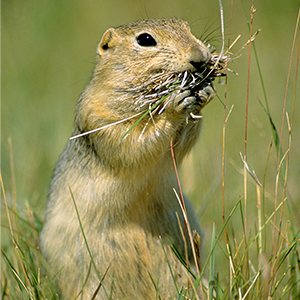
Ground squirrels prefer to eat fresh green grass and other plants. When these are not available (early spring or when green vegetation dries up in the hot summer), the squirrel’s diet converts to grain-based foods and they will readily consume this grain-based bait.
Before applying, test for the squirrels’ acceptance of grain-based foods. Scatter some raw oats or wheat on a portion of the infested land, and mark the test area with a flag or other identification.
Observe the area to confirm only ground squirrels are consuming the raw oats or wheat. Do not apply the bait if it appears that nontarget species are consuming the test grain. Apply bait by broadcast or spot baiting only when fresh green ground cover is not present.
Monitor the area to ensure that nontarget species are not consuming the bait or squirrels.
Use Restrictions
Applications within orchards, groves and vineyards may be made only after harvest and during the dormant period, and may not be made after tree and vine growth resumes in spring.
If applied to fallow agricultural land, do not harvest agricultural crops from treated areas for 360 days after treatment.
This product must not be applied directly to food or feed crops, but may be applied along fence lines, border areas and buffer strips adjacent to crops.
On rangeland, make application only by spot baiting or bait station. Do not broadcast bait on rangeland.
Do not apply this product in or within 50 feet of homes or other human residences. Do not apply this product in a way that will contact workers or other persons, either directly or through drift. Only protected handlers may be in the area during application. Keep all other persons out of the treatment area during application.
Do not apply within 50 feet of any body of surface water. Do not allow animals to graze in treated areas for at least 30 days following application. Do not apply on roads, in water or to walkways. When applying bait along canals or other waterways, use equipment that directs bait away from water. Do not apply bait by aircraft.
Do not apply by broadcast in the state of California.
Bait Station Baiting (For California, Richardson’s, Columbian & Wyoming ground squirrels):
Apply bait in secured, tamper-resistant bait stations.
Fill bait stations with 1 to 4 pounds of bait, and secure the stations near active burrows, runways, and other locations where signs of ground squirrel activity are observed.
Space stations 20 to 100 feet apart, depending on the density of the squirrel population.
Most landowners who do not achieve satisfactory ground squirrel control fail to do so by either: 1) not placing and maintaining a sufficient number of bait stations 2) Not checking and refilling bait stations frequently enough to maintain a continuous supply of bait.
Check stations at least weekly to ensure an uninterrupted supply of fresh bait for at least 30 days or until all signs of squirrel feeding have stopped. When feeding by squirrels ceases, and there is no longer a threat of continued reinvasion, remove bait from bait stations and dispose of properly.
Bait stations may be kept in place permanently, but should be loaded with toxic bait only when ground squirrels are readily accepting grain-based foods. Do not exceed 4 pounds of bait per station.
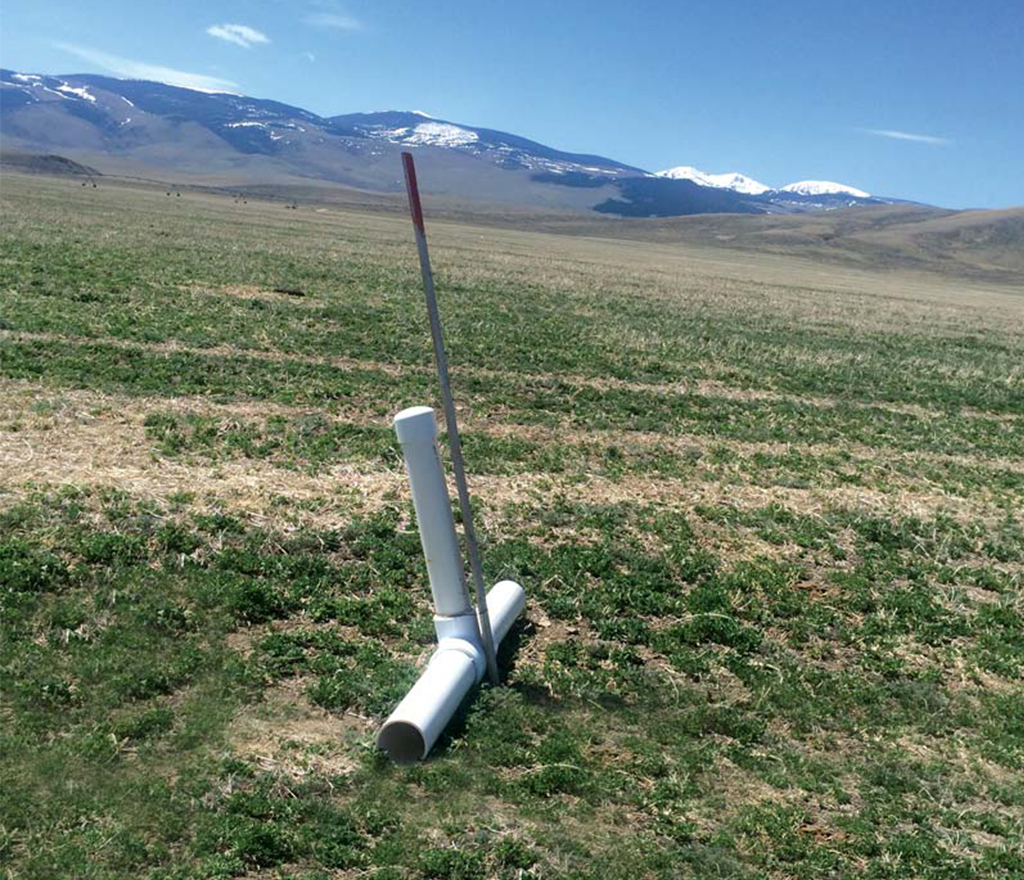
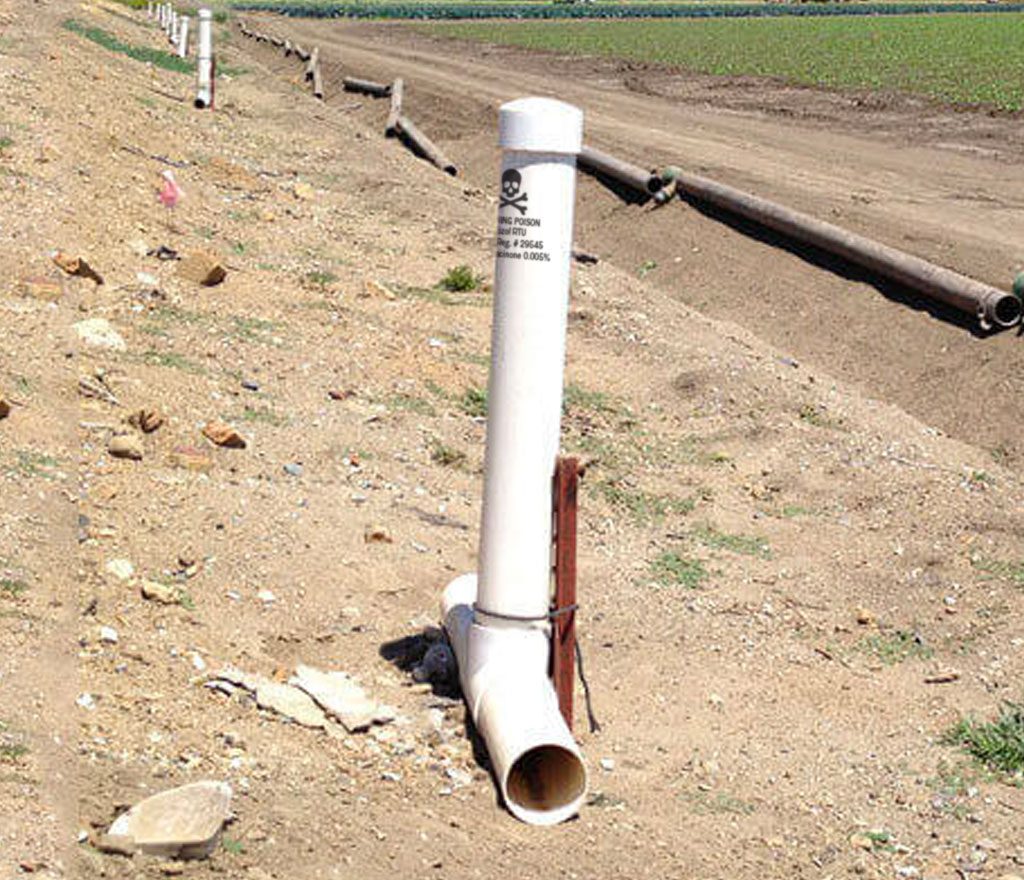
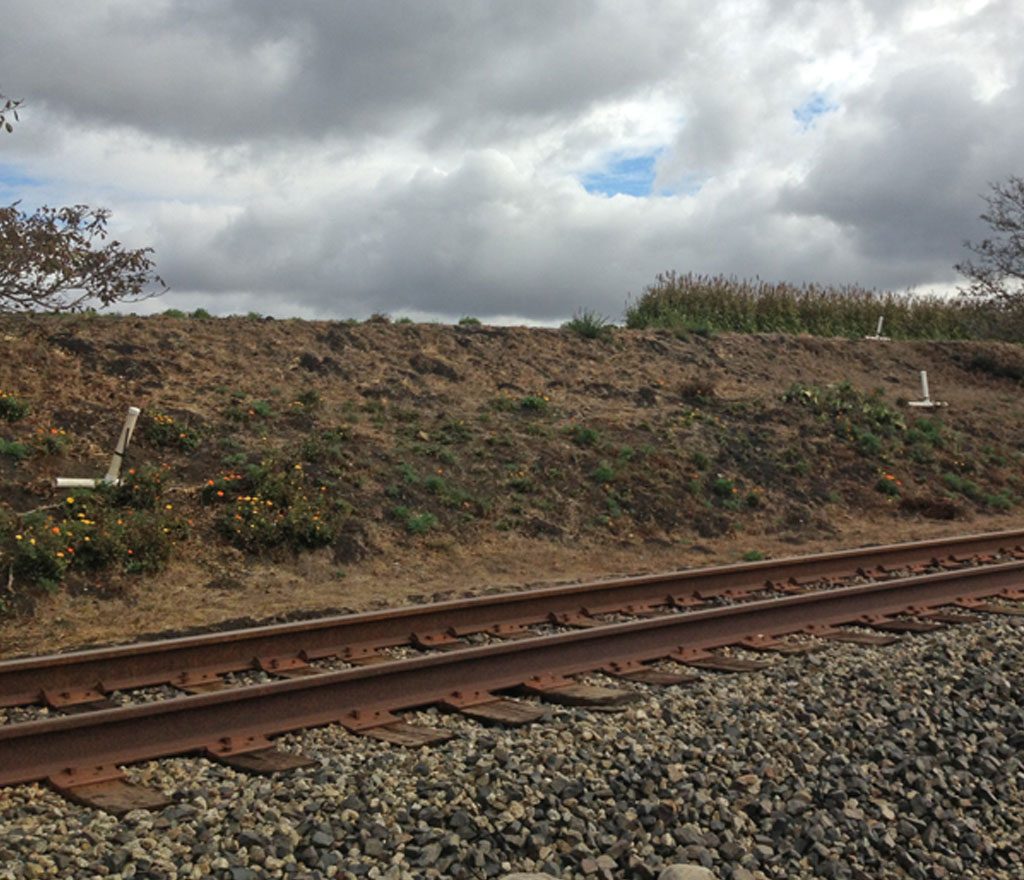
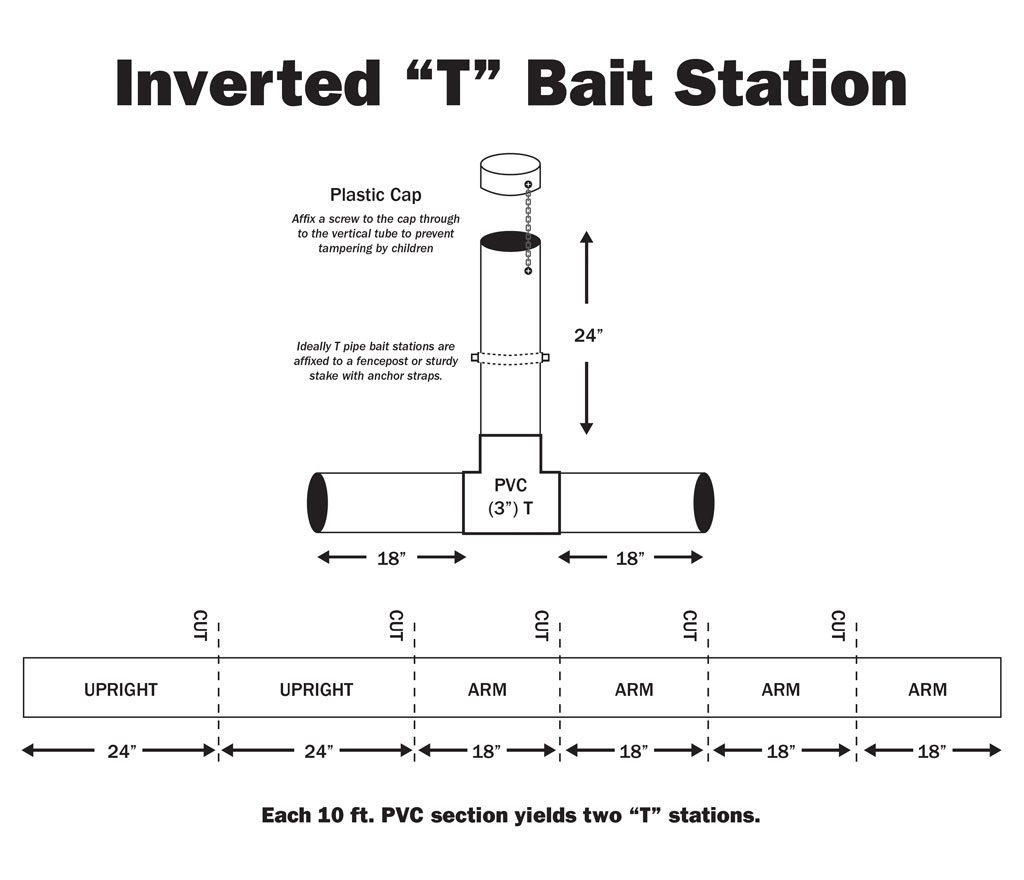
Spot Baiting (For California, Richardson’s & Wyoming ground squirrels only):
Scatter ¼ cup of bait (approximately 2 ounces) over 40 to 50 square feet (a circle approximately 7 to 8 feet diameter) near burrows and active runways. Do not pile the bait.
Make a second application 3 to 4 days after the first, following the same procedure as the first application.
If squirrel activity persists, a third application may be made 3 to 4 days later. An uninterrupted supply of bait should be available for 6 to 8 days.
Do not exceed 10 pounds of bait per acre per application.
Do not exceed 20 pounds of bait per acre per year.
In the state of California, placements must be covered with grass or a shingle to avoid exposing non target species.
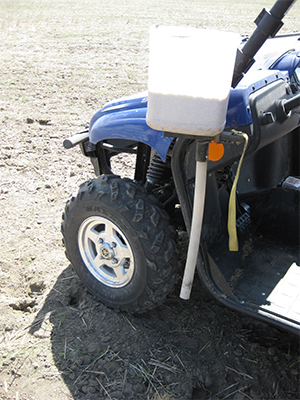
Broadcast Baiting (For California, Richardson’s & Wyoming ground squirrels only):
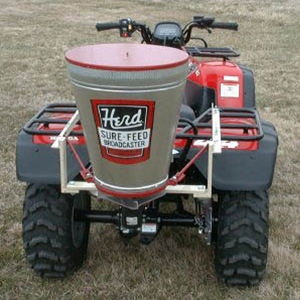
Using a commercial spreader, apply up to 10 lbs. of bait per swath acre, in the area of squirrel activity.
Make a second application 4 days after the first.
If necessary, make a third application four days after the second application, in order to maintain an uninterrupted supply of bait for 6 to 8 days, but do not exceed 10 pounds of bait per acre per application.
Do not exceed 20 pounds of bait per acre per year.
Do not apply by broadcast in the state of California.
Clean-up
Clean up any spilled bait or bait in piles for reuse or disposal according to label “Pesticide Disposal” instructions.
Use detergent and hot water to wash spoons, cups and other application equipment.
Do not use the same equipment for mixing, holding or transferring food or feed.
Surveillance and Follow-up
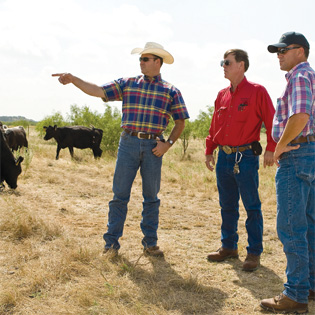
Dead ground squirrels should begin to appear in or near treated areas within 4 to 5 days after the first bait application.
Visit the application site to monitor the effects of treatment and to collect and dispose of dead ground squirrels and search for non-target animals 4 days after the first application and at subsequent intervals of 1 to 2 days for at least 2 weeks after the last bait application, or longer if carcasses are still being found.
Collect and dispose of carcasses in the late afternoon, near sundown, to reduce the potential for nocturnal scavengers or predators to find carcasses on the ground surface. Wearing gloves, collect and properly dispose of visible carcasses of ground squirrels and other species found in or near treated areas.
Dead animals buried on site must be buried a minimum of 18 inches below the ground surface, preferably deeper. Wear gloves and use leakproof plastic bags or other suitable containers for transporting carcasses not buried on site.